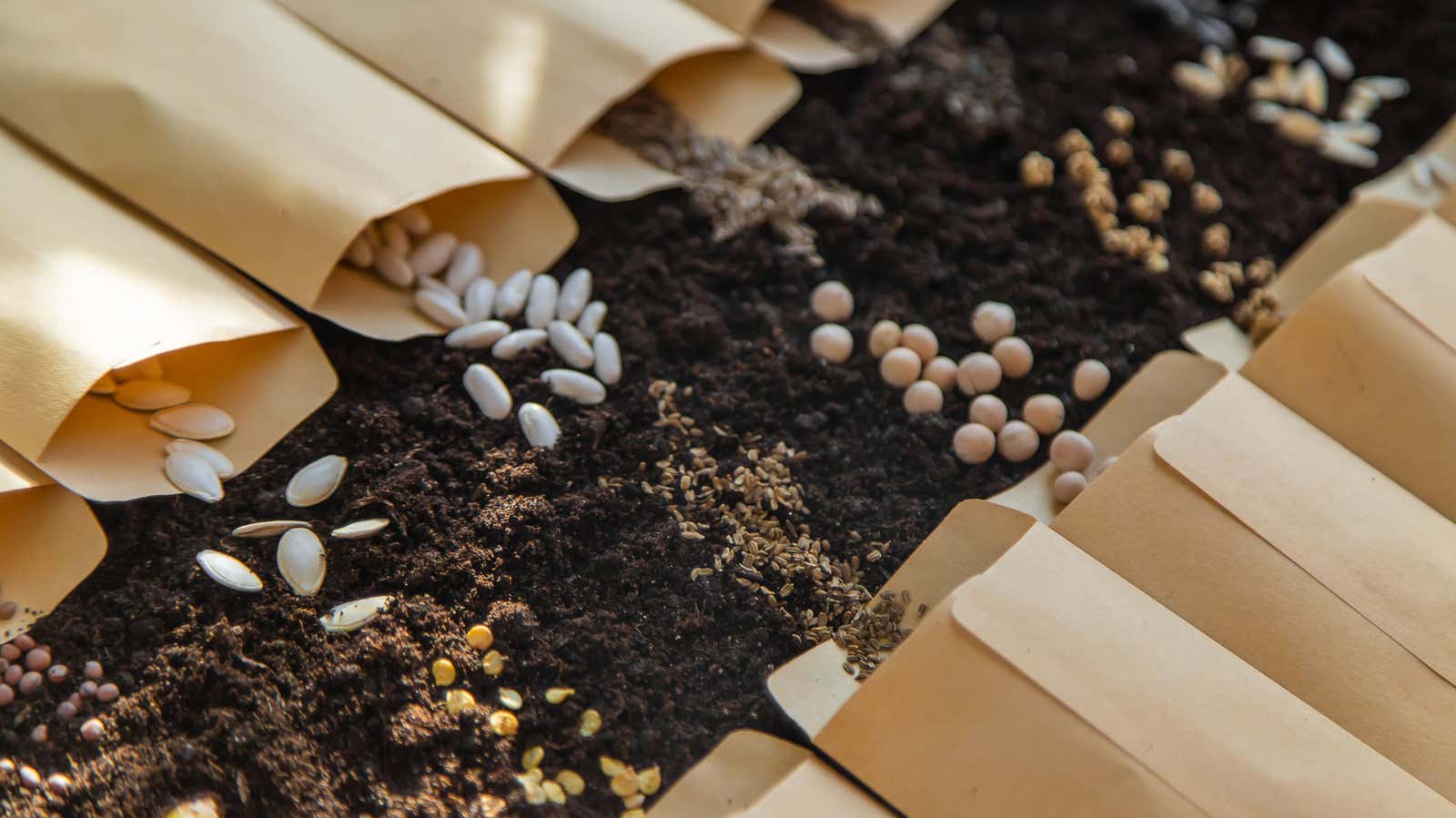Why You Should Pre-Germinate Your Seeds

The satisfaction of watching your tiny shoots break out of the ground after weeks of waiting is one of the best parts of gardening, unless your seeds are germinating as evenly as you’d like. Some of your seeds may not germinate at all, or pesky squirrels may have carried them off before they had a chance. But there is a solution that will help you predict the germination rate of your seeds and reduce the time it takes for them to germinate: indoor germination.
What do you need to grow indoors?
The first thing to know about indoor sprouting is that it works best with larger seeds like peas, beans, and squash. This is not because smaller seeds will not germinate, but because they are more fragile and difficult to handle. Instead, using seeds that you can easily hold between your thumb and forefinger is a good start for indoor sprouting.
Next, you’ll need a clear container – this could be a simple ziplock bag or a plastic food container with a clear lid, or even a muffin tin with a lid (if you can find a clear lid that lets the sunlight in). It is important that your seedlings stay warm and moist during germination, so any container with a lid that allows sunlight to pass through will do.
You will also need a waterproof marker, some paper towels, a spray bottle filled with water, and a sunny window sill.
How to create an indoor germinating station
To set up indoor germination, dampen enough paper towels to cover the bottom of the container—this is a soil substitute for the first step of your plant’s journey. Then place the seeds on a paper towel, keeping them at least two inches apart. Mark your container with a waterproof marker (otherwise you risk forgetting what you planted). Then put on the lid or zip up the bag.
Once your germination lab is set up, place it on a windowsill and use the spray bottle as needed to keep the paper towels moist. These pre-sprouted seeds will grow faster than those sown directly into the soil because the warmer conditions of your window sill are better for germination than the soil, and the bonus is that you will have far fewer weeds.
Different types of seeds vary in how long they take to germinate, but once you start seeing tiny white-veined roots, it’s time to plant them in the ground. If a seed seems particularly reluctant to leave its paper towel at home, its roots may have stuck to the paper. Trim the roots carefully so as not to damage them, and remember that if the seedling loses its roots, it will die.
Plant your seedling
Once your seeds have germinated, they can be planted in a growing medium to become an indoor starter, or you can plant them directly in the soil. Depending on the type of seed, you just need to make sure the soil you are using is warm enough for the seedlings to grow. You can plant sprouts with a thin layer of soil on top to make them germinate faster.